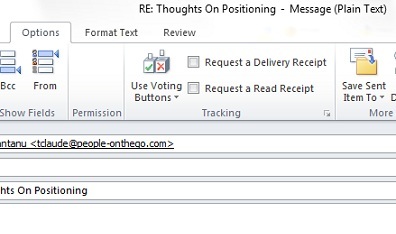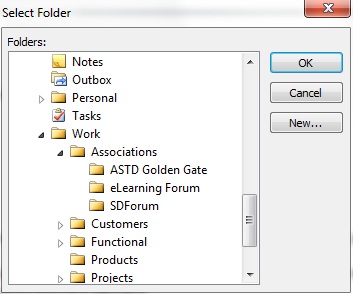 Wanting things to be right, especially right the first time around, can be stressful or even exhausting and not to mention counter-productive. This is a trap that we all fall into and those of us who may admit to be procrastinators and/or perfectionists are likely to fall into it more often.
Wanting things to be right, especially right the first time around, can be stressful or even exhausting and not to mention counter-productive. This is a trap that we all fall into and those of us who may admit to be procrastinators and/or perfectionists are likely to fall into it more often.
One strategy to fight this phenomenon back is to work in iterations. I described this strategy a while back and outlined 5 iterations that can get us going swiftly and help shatter procrastination and perfectionism. Most recently, I used this strategy and adapted it as follows.
- Iteration #1: This worked wonders. My project, which seemed daunting at first, transformed into a fun and exciting endeavor. This iteration gave me the permission to be creative and to approach the work from a problem solving perspective. Ideas started to flow without being restricted by filters and critical judgment. When there were gaps in my information or knowledge, I made a note of it, and kept going without that information. I was unstoppable during this time.
- I skipped iteration #2 because I didn't have much time and my project was short term.
- Iteration #3: Now this iteration started to flow easily. It is still in my opinion the more difficult iteration but a lot less daunting than if this work was approach all at once without iterations 1 & 2. Iteration #3 is when we take our original playful work and take it to the next level. This is where we fill in some of the gaps and address the issues in more depth. This is however also the most rewarding iteration because this is when results start to shape up and become more concrete.
- Iteration #4: In this case, this involved sharing my plan with others and discussing them via a virtual meeting. Involving others helped get some alignment on the goals and implementation plan, and avoided having me invest time in areas that weren’t consistent with the stakeholder’s vision and desired outcome.
- Iteration #5: This is still going on. Refinements are underway. This iteration is turning out to be more fun and relaxed than anticipated.
Rediscover fun and excitement in your work! let the power of iterations work for you and overcome stress, procrastination, and perfectionism! Try this out and report back in the comments section below!


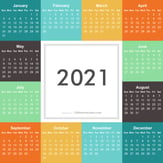
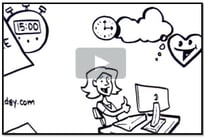



 Normally, when we think about vitality, we think about people, about our own vitality and how we can augment it. However, when looking at our business, we can also gauge it in terms of its vitality. The Nine Essentials for Vitality are what the human brain requires to keep us energized, creative, healthy and full of life. Since people create business, the same principals apply the ‘brain’ of your business and can help your business move from surviving to thriving.
Normally, when we think about vitality, we think about people, about our own vitality and how we can augment it. However, when looking at our business, we can also gauge it in terms of its vitality. The Nine Essentials for Vitality are what the human brain requires to keep us energized, creative, healthy and full of life. Since people create business, the same principals apply the ‘brain’ of your business and can help your business move from surviving to thriving. 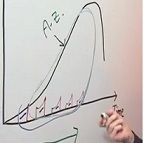

 Many people tell me that they dread coming back to work after having taken a few days off or gone on vacation because of e-mail! If you have taken advantage of the holiday weekend and took some extra days off, you may soon experience the same challenge. I experienced this previously when I found 1200 message in my inbox after a vacation, and here is how I dealt with them, applying many of the tips and techniques we teach in the
Many people tell me that they dread coming back to work after having taken a few days off or gone on vacation because of e-mail! If you have taken advantage of the holiday weekend and took some extra days off, you may soon experience the same challenge. I experienced this previously when I found 1200 message in my inbox after a vacation, and here is how I dealt with them, applying many of the tips and techniques we teach in the 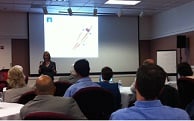 Christine Heckart, CMO of
Christine Heckart, CMO of 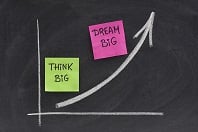 Stop for a few minutes, and imagine what success "would" look like! It helps to have a time period in mind. Usually, I ask my participants to select 3 months or 6 months (after all we live in a rapidly changing work environment). Describe success vividly. See it. Hear it. Feel it. Unlimit yourself. Once you are excited about the vision of success that you create it, write it down, and refine it.
Stop for a few minutes, and imagine what success "would" look like! It helps to have a time period in mind. Usually, I ask my participants to select 3 months or 6 months (after all we live in a rapidly changing work environment). Describe success vividly. See it. Hear it. Feel it. Unlimit yourself. Once you are excited about the vision of success that you create it, write it down, and refine it.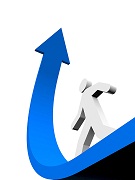 I am not referring to the structured exercise and sports activities here (even though these do wonders as well), but to the few minutes of stretching, walking around, climbing a few flights of stairs, or whatever movement you can fit in in a few minutes to get re-energized and ready for the next task. Here are some basic ideas as a starter and I would also like to help you design your own breakthrough movement routine--so stay tuned for a follow-up blog article on the topic:
I am not referring to the structured exercise and sports activities here (even though these do wonders as well), but to the few minutes of stretching, walking around, climbing a few flights of stairs, or whatever movement you can fit in in a few minutes to get re-energized and ready for the next task. Here are some basic ideas as a starter and I would also like to help you design your own breakthrough movement routine--so stay tuned for a follow-up blog article on the topic: In my recent blog article (
In my recent blog article (
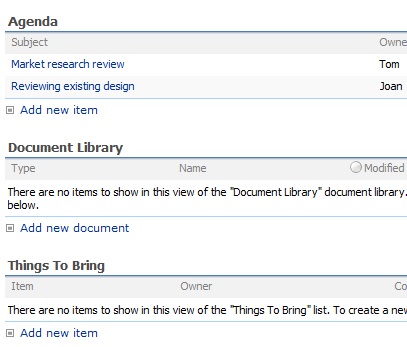
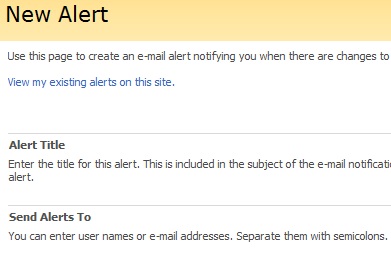
 A while ago, I wrote about
A while ago, I wrote about  Cindy asked "I am trying to categorize and file the messages in my mailbox. What do I do about the Sent Items folder? I get a ton of emails and send out a lot; It would take a lot of time to organize these messages. Or should I wait and do them in batches?" This is actually one of the common questions that we get at the workshops and I would like to tackle it from two different angles.
Cindy asked "I am trying to categorize and file the messages in my mailbox. What do I do about the Sent Items folder? I get a ton of emails and send out a lot; It would take a lot of time to organize these messages. Or should I wait and do them in batches?" This is actually one of the common questions that we get at the workshops and I would like to tackle it from two different angles.